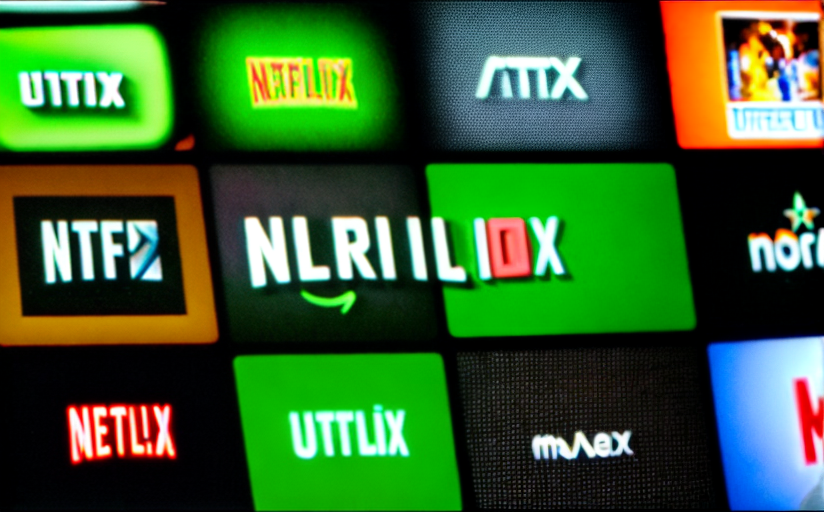The Evolution of the Entertainment Industry: From Broadcasting to Streaming
Over the years, an undeniable shift has occurred in the entertainment industry, largely due to the advent of streaming services. What started as a gradual change has transformed into a full-blown revolution, altering the industry profoundly and reshaping our viewing habits.
The Historical Progression
Traditional broadcasting was mainly carried out through cable television and radio. The introduction of the internet brought about the first streaming tool - RealPlayer, in the late 1990s. However, it was not until the inception of platforms like Netflix and Amazon Prime that streaming became mainstream.
Impact on the Global Market
According to a report by Grand View Research, the global streaming market size was worth $42.6 billion in 2019 and is expected to grow at a compound annual growth rate (CAGR) of 20.4% from 2020 to 2027. This trend indicates a clear shift from traditional viewing habits to digital ones, enabling various streaming platforms to gain unprecedented heights of popularity.
Sociocultural and Economic Implications
From a sociocultural standpoint, streaming services have primarily influenced consumer behaviour, offering greater convenience and personalized content. Economically, while some of these developments have been beneficial for consumers, they have posed challenges for the traditional television and film industries due to the drastic cut in revenues.
Case Studies: Netflix and Amazon Prime
Netflix and Amazon Prime are two successful case studies that have capitalized on this trend. Both platforms have grown immensely, thanks to their strategy of offering an extensive portfolio of content, ranging from TV shows, movies, documentaries, and their own original productions.
The Future of Streaming Services
The future of the streaming industry looks promising, with advancements in technology and the widespread of high-speed internet. Streaming services are projected to expand even further, creating numerous opportunities and challenges for existing and new players in this industry.
Consumer Behaviour
Streaming services have shaped the way content is consumed. The rise of multi-screen culture and binge-watching phenomena are testament to this shift. The convenience and choice provided by streaming services have empowered consumers like never before, prompting the industry to accommodate these new behavioural patterns.
Pros and Cons
The benefits of this shift include consumer convenience, a massive increase in available content, and potential for global exposure for content creators. However, there are also drawbacks, such as market saturation, high competition, and potential loss for traditional TV and film production companies.
Conclusion
Despite the challenges posed by this industry transformation, it is evident the entertainment landscape is continuously evolving to meet changing consumer preferences. As technology advancements continue to fuel this change, the future holds immense potential for the streaming service industry.


















Comments
Leave a Comment